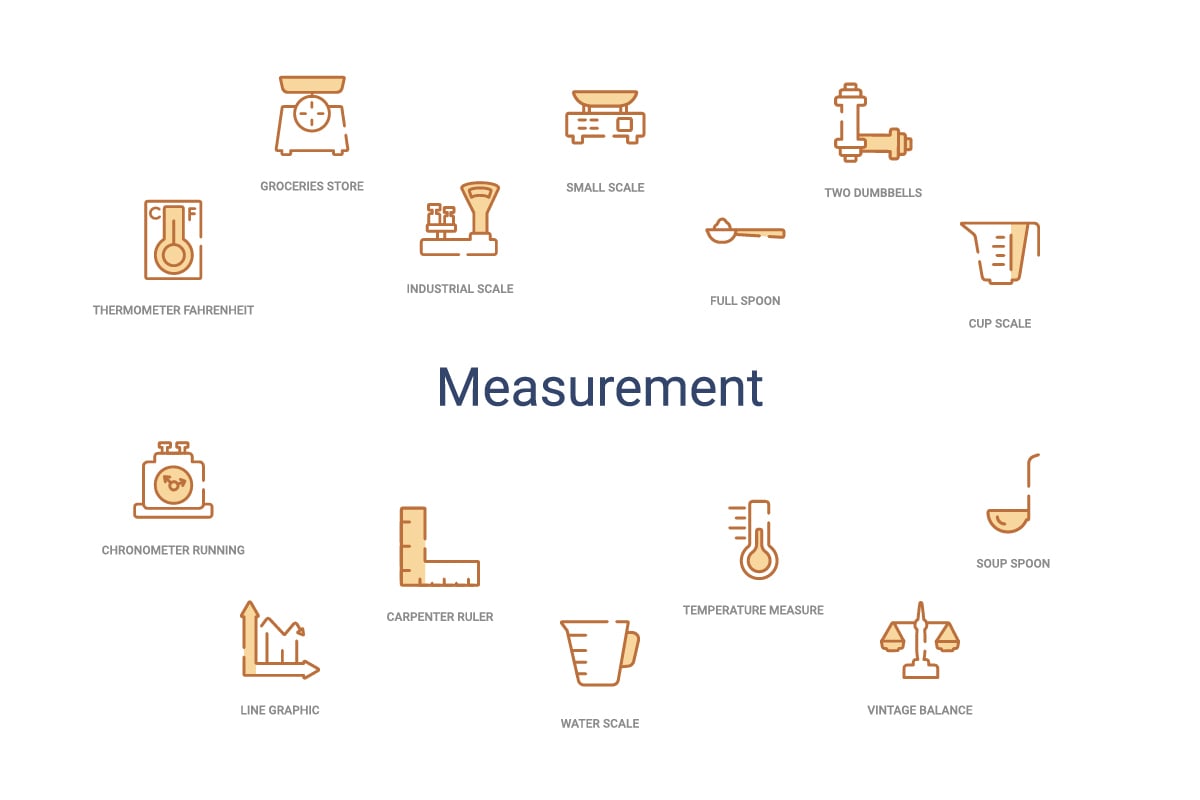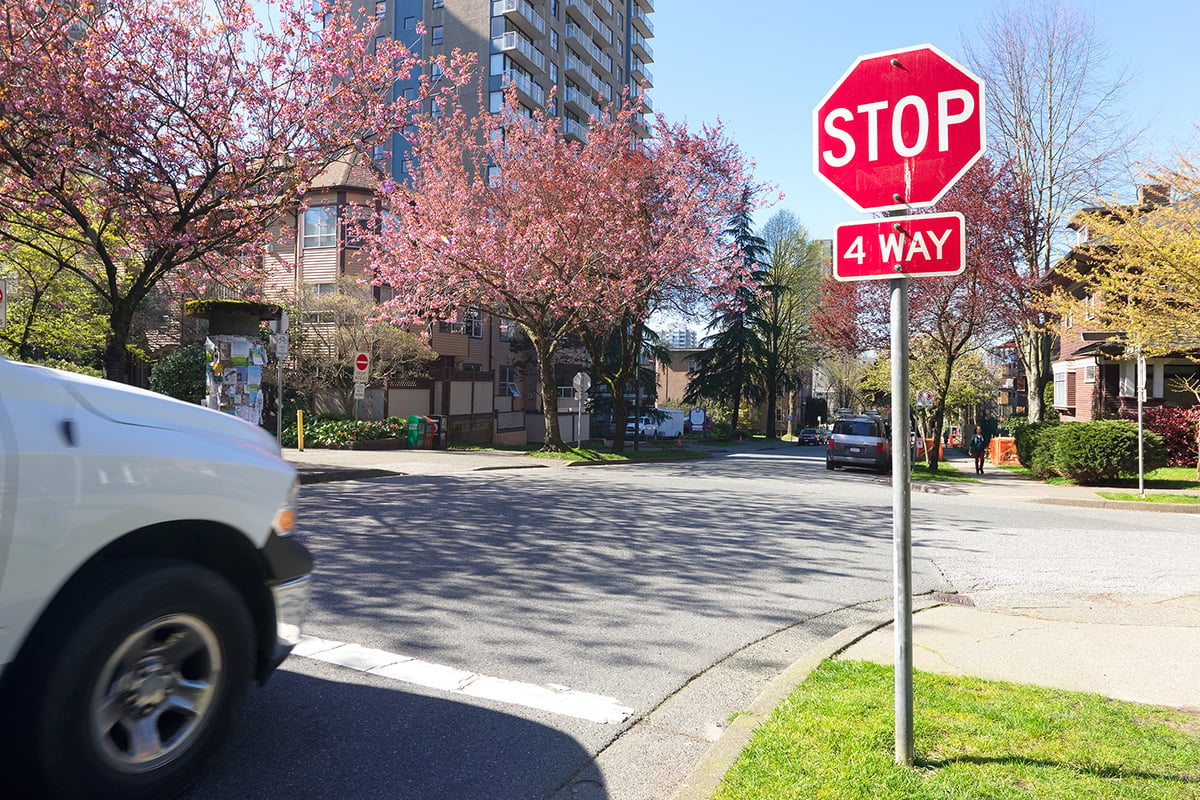Background
In the Super Car Unit, students will investigate measurement, speed, and the relationship between speed and energy by exploring the Super Car built from the VEX GO Kit.
What is Measurement?
Measurements are collections of data such as the length, weight, amount, or size of an object. This quantitative information can be used to compare other objects or events. Measurements for comparisons should be identical in units. These measurements can be accomplished with direct standardized units, such as the Metric system. Or, with indirect nonstandard units like using blocks or sticky notes, which are also referred to as comparative measurements. Comparative measurements include estimations.

What is Speed?
Speed is a measure of this distance traveled over a unit of time. Standard measurements for speed include kilometers per hour (km/h) and miles per hour (mph). Because this is a measurement taken over time, speed should be viewed as an average speed rather than a constant. Use this formula to calculate average speed:
Average Speed = Total Distance / Elapsed Time
This Unit focuses on the average speed of the Super Car. For example, if it takes 20 seconds for a car to get from one stop sign to another (305 meters (~1000 feet) apart), then the speed of the car is 15 meters (~50 feet) per second. But the car will not be moving at a rate of 15 meters (~50 feet) per second the entire trip. A car has to come out of a full stop and speed up to pace before slowing back down to stop at the next stop sign. Speed does not measure the direction of the object, but instead it solely measures how fast the object is moving.

How is Energy Related to Speed?
Speed is a measure of energy. The faster an object is moving, the more energy it possesses. Students are asked in this Unit to use evidence to explain the relationship between speed and energy. This is based on the Next Generation Science Standard (NGSS) 4-PS3-1.
The Super Car is powered by the transfer of energy between the turn of the Orange Knob, the rubber band, and the wheels. The more students turn the knob and the rubber band, the more energy the Super Car will have and the faster the Super Car will go. While explaining this concept to students that speed and energy are positively related to one another, NGSS outlines a boundary that students should not be assessed on quantitative measurements comparing energy and speed.
What is a Variable?
In mathematics, a variable is usually shown as a letter (x or y) and represents an unknown value or a value that can change. There are two variables in mathematics, independent and dependent. The independent variable is the input value (x) and the dependent value (y) depends on the input value.
In science, variables represent physical properties that do not stay the same. The independent variable is changed by the scientist or student intentionally, while the dependent variable changes throughout the course of the experiment. Unlike mathematics, scientific experiments contain control variables. Controlled variables remain constant throughout the experiment.